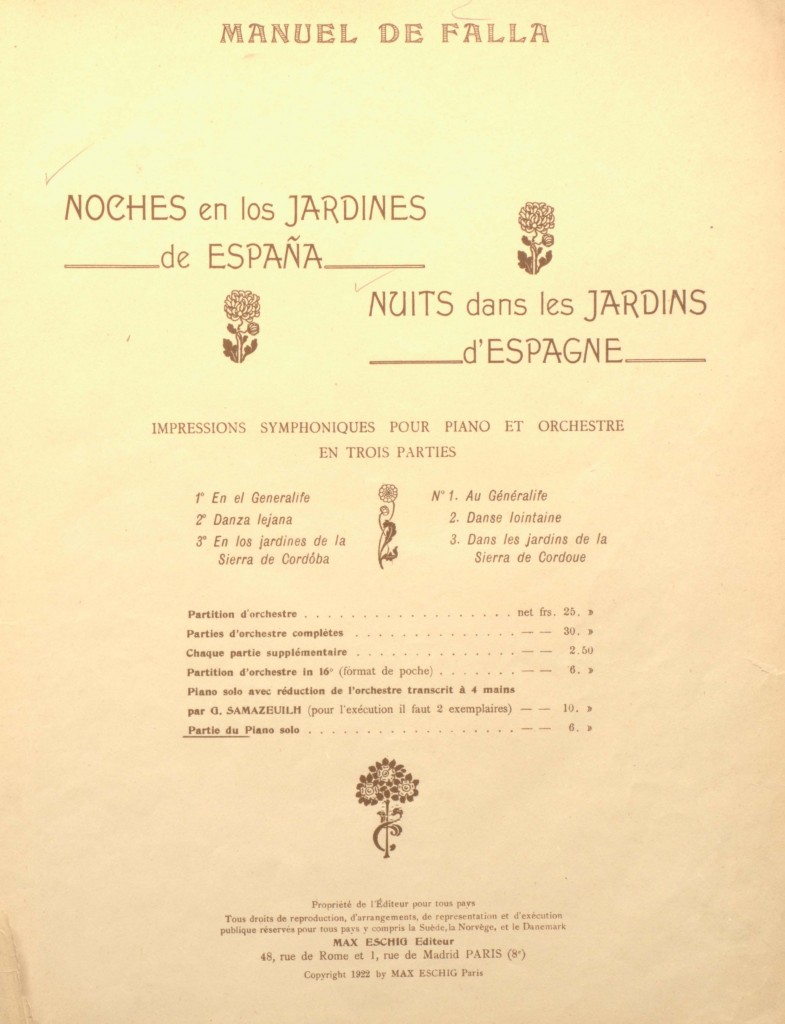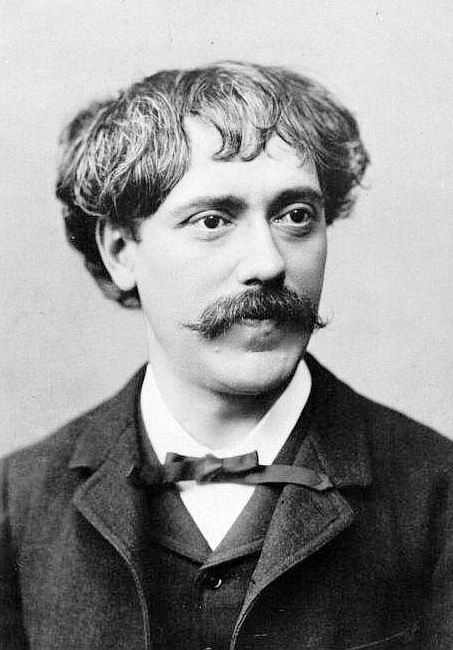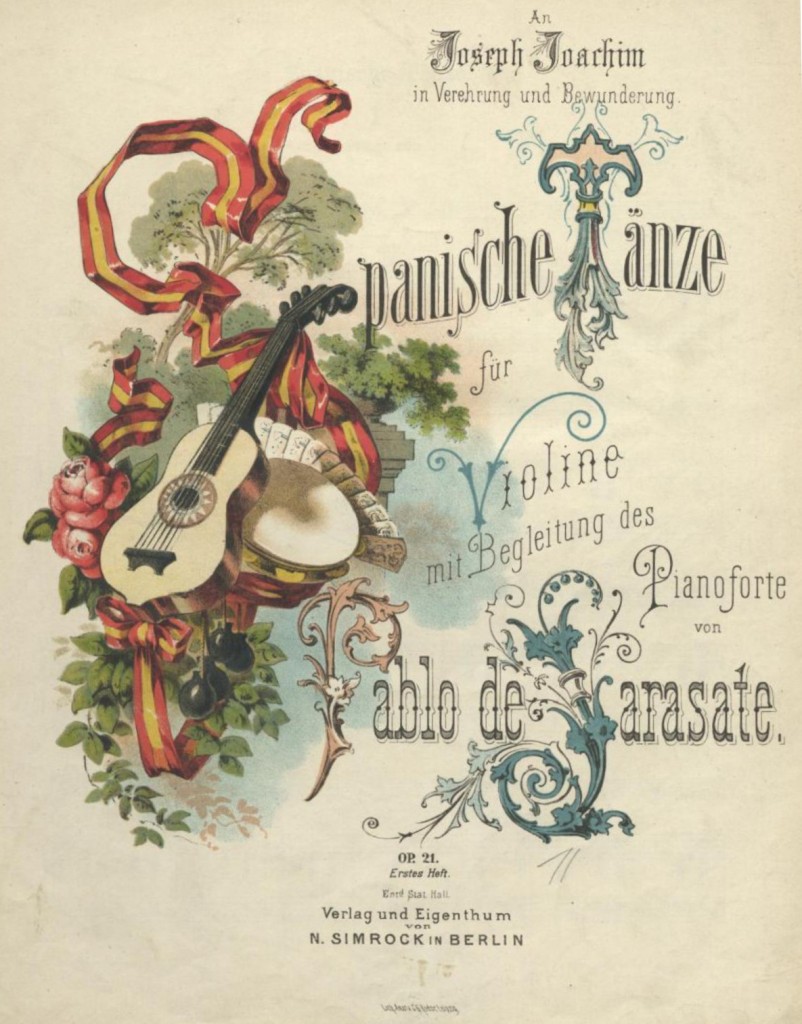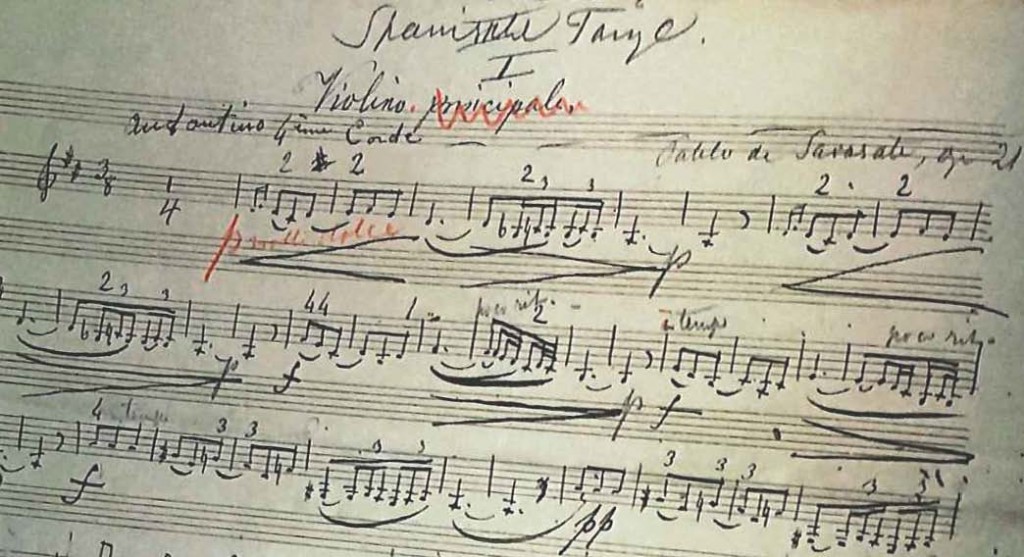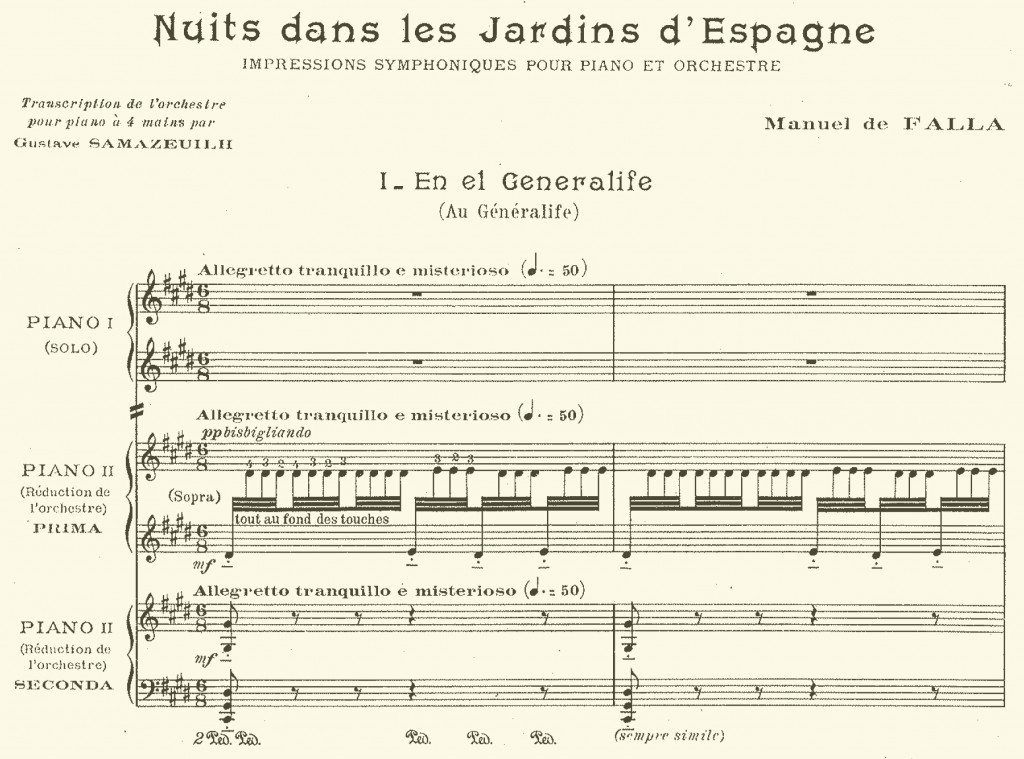Emerging in the 19th century in nearly all of Europe were specific national styles inspired by their countries’ own folk music. This development came to Spain only relatively late, and it was French composers, curiously enough, who were initially successful with works atmospherically Spanish – we think of Georges Bizet’s Carmen or Édouard Lalo’s Symphonie espagnole. It was not until about 1880 that the public and critics became aware of equivalent works by native Spaniards, from Pablo de Sarasate via Isaac Albéniz and Enrique Granados to Manuel de Falla.
The desire of many musicians for new critical editions of this important repertoire was in part thwarted by the very complex source situation for individual works as well as by the difficult access to source sites, so it was only after the year 2000 that the Henle publishers could launch the first Urtext editions.
The first in the Urtext series focused on the piano music of Albéniz, presenting all the important works, notably the four-part cycle Iberia (HN 647–650), together with the Suite espagnole (HN 783). An already longer-awaited edition of the famous Zigeunerweisen (Gypsy Airs) op. 20 for violin and piano by Sarasate (HN 573) was published in 2013, and two years later Granados’ main piano work, the legendary Goyescas (HN 582), appeared on the Henle programme, of which the best-known number, Quejas o la maja y el ruiseñor (Complaints or the Maiden and the Nightingale) will also become available early next year as a separate edition.
Two new editions of Spanish music are currently being prepared: Sarasate’s popular Spanische Tänze (Spanish Dances) for violin and piano (HN 1370) as well as Falla’s best-known work, Noches en los jardines de España (Nights in the Gardens of Spain) for piano and orchestra (piano arrangement HN 1450). In both cases the Henle editions represent the first critical editions to consider all available sources.
We are indebted to the German publisher Fritz Simrock for the initiative to compose the eight Spanische Tänze (opp. 21–23 and 26), paired in four volumes, between 1878 and 1882. In working up the new compositions Sarasate utilised already existing material, folksongs or lieder by well-known composers, and always combined two lieder or dances contrasting in character and rhythm, such as typically the Andalusian “Malagueña” with the “Habanera” (coming originally from Cuba) in volume I.
The extant autographs of the Spanische Tänze provide a good insight into the composer’s workshop. During the breaks between concert dates when he was constantly on the road, Sarasate sketched and drafted on paper, for example, pieces such as the two dances of volume II during a Scandinavian tour. All autographs contain, in fact, complete drafts of the works, though largely without phrasing, dynamics and articulation. These refinements as well as individual alterations in the music text were evidently first made – as documented by, exceptionally, the extant engraver’s models for dance no. 1 – in the respective copies that Sarasate sent to the publisher Simrock.
Since, with few exceptions, the fingerings and bowings and string markings were to appear only in the separate violin part, Sarasate prepared not only a copy of the score, but also a separate copy of the violin part. As already in the Urtext edition of the Zigeunerweisen, Sarasate’s markings for the violin are reproduced in our new edition of the score; included are both an unmarked violin part as well as a part newly marked by Ingolf Turban.
For the new edition of Falla’s Noches en los jardines de España we went back to the tried-and-true model of collaborating with Breitkopf & Härtel: score (PB 15153) and orchestra parts (OB 15153) published by the partner publishing house in Wiesbaden, the piano arrangement by Henle in Munich. This piano arrangement will be the first in today’s usual terms, that is, for two pianos, four hands, since accompanying the first editions of score, orchestra parts and solo piano published in the Paris Max Eschig publishing house in 1922 was only an edition, “Piano solo avec réduction de l’orchestre transcrit à 4 mains” arranged by Gustave Samazeuilh, i.e., an edition with piano (solo) I part (for 2 hands) and piano (duet) II part (the orchestra reduction for four hands). It is not clear whether the decision to arrange the orchestra part for four hands, goes back to the arranger himself or to the composer.
Samazeuilh was not only an accomplished pianist, but also an experienced arranger with numerous piano transcriptions to his credit, amongst them, arrangements of symphonic works by Chabrier, Chausson, Debussy and Fauré. As good as his transcription is, it has the crucial disadvantage that just playing the work including the solo part requires three rather than two pianists – unlike the usual arrangements of piano concertos. This is remedied by the new edition for which Johannes Umbreit rewrote the orchestral part for piano two-hands. Yuja Wang provided the fingerings for the original piano-solo part.
Enjoy looking forward to this new Urtext edition of Spanish music!

